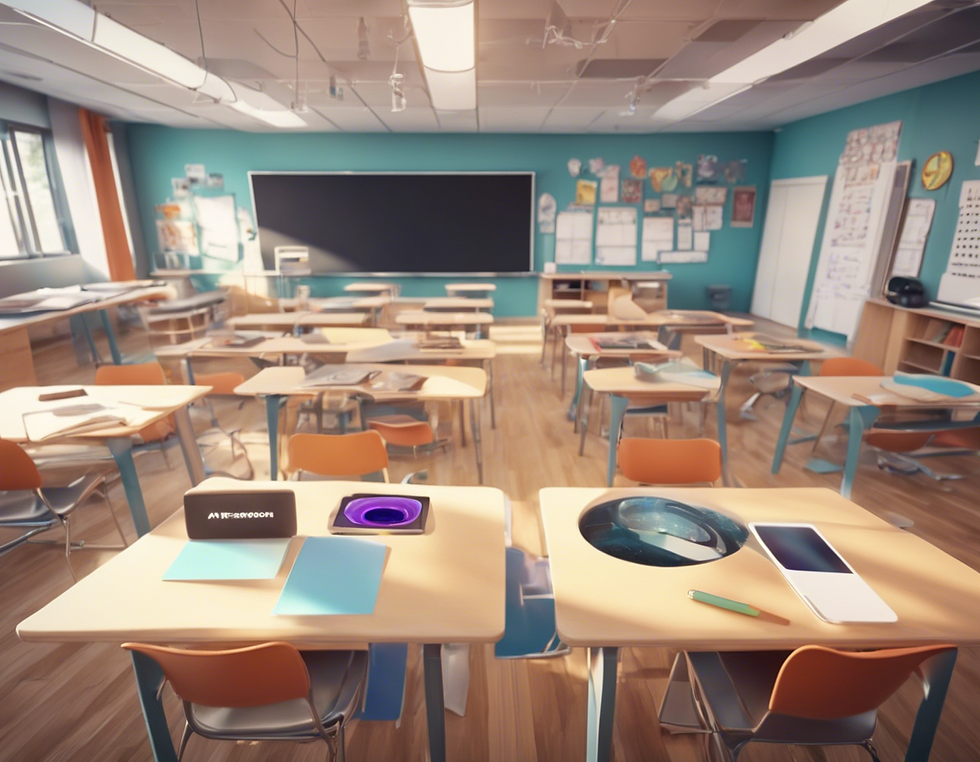Exploring AR, VR, MR, and 3D in EdTech
- Jason DeLeon
- Sep 4, 2024
- 1 min read
Emerging technologies are revolutionizing the way we learn and engage with educational content. In the realm of Education Technology (EdTech), Augmented Reality (AR), Virtual Reality (VR), Mixed Reality (MR), and 3D technology are paving the way for immersive and interactive learning experiences.

AR technology overlays digital content onto the real world, enhancing the learning process by adding a layer of engagement and interactivity. Imagine students being able to visualize complex concepts such as the solar system or the human anatomy in a way that feels tangible and real. VR takes this immersion to the next level by transporting users to completely virtual environments. Students can explore historical landmarks, conduct virtual science experiments, or even practice language skills in a simulated real-world setting. MR blends elements of AR and VR, allowing users to interact with both digital and physical objects simultaneously. This technology can offer unparalleled opportunities for hands-on learning and problem-solving. Incorporating 3D technology into education can further enhance visual learning experiences. Students can dissect virtual organisms, explore architectural structures, or manipulate geometric shapes to deepen their understanding of various subjects. By exploring AR, VR, MR, and 3D technology in EdTech, educators can create dynamic and engaging learning environments that cater to different learning styles and abilities. These technologies have the potential to spark curiosity, foster creativity, and improve knowledge retention among students. As we strive to prepare the next generation for a future driven by innovation and technology, integrating these immersive technologies into educational practices is key. By leveraging AR, VR, MR, and 3D technology, educators can transform traditional teaching methods and inspire a new era of learning that is both captivating and impactful.
Comments